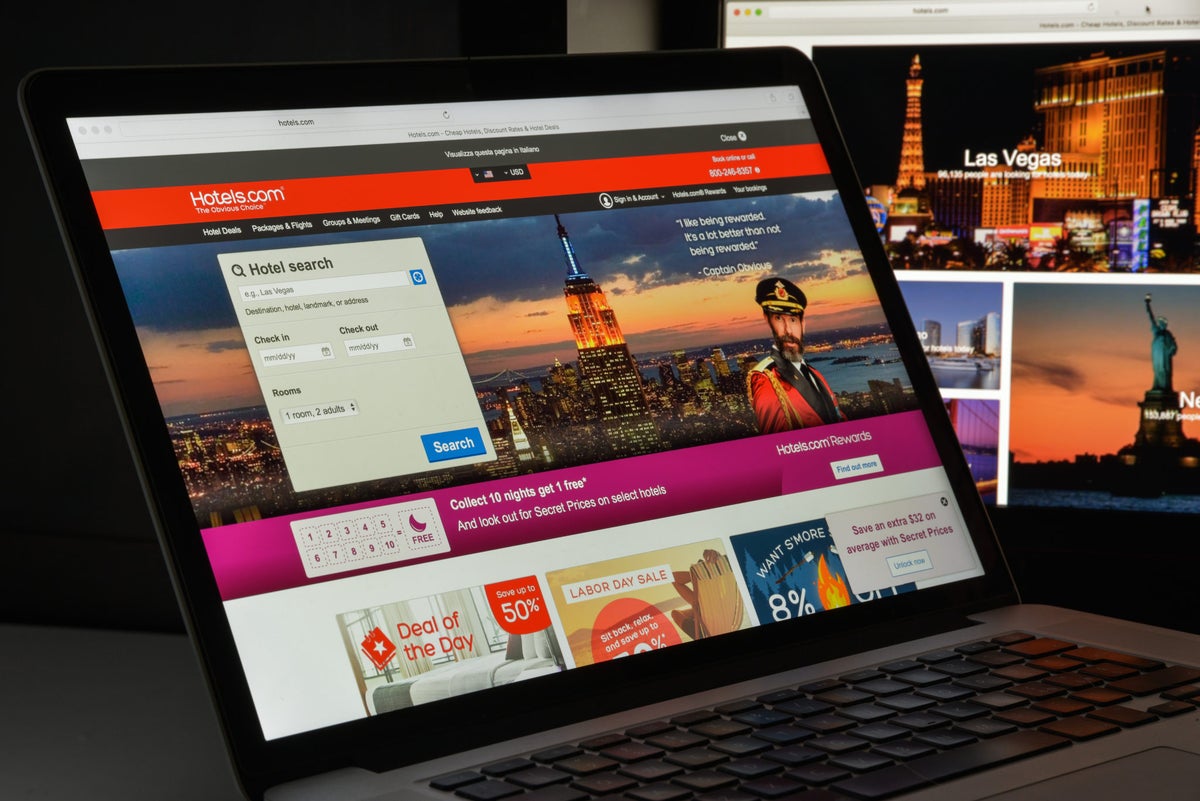Chris Hassan
Chris Hassan
Social Media & Brand Manager
395 Published Articles
Countries Visited: 27U.S. States Visited: 26
Chris holds a B.S. in Hospitality and Tourism Management and managed social media for all Marriott properties in South America, making him a perfect fit for UP and its social media channels. He has a ...
Edited by: Keri Stooksbury
Keri Stooksbury
Editor-in-Chief
109 Published Articles 3824 Edited Articles
Countries Visited: 54U.S. States Visited: 28
Editing with Upgraded Points for over 6 years, as editor-in-chief, Keri manages the editorial calendar and oversees the efforts of the editing team and over 20 content contributors, reviewing thousand...
![Flying With Breast Milk — Everything You Need to Know [Detailed Guide]](https://upgradedpoints.com/wp-content/uploads/2021/09/Baby-lap-child-airplane.jpeg?auto=webp&disable=upscale&width=1200)
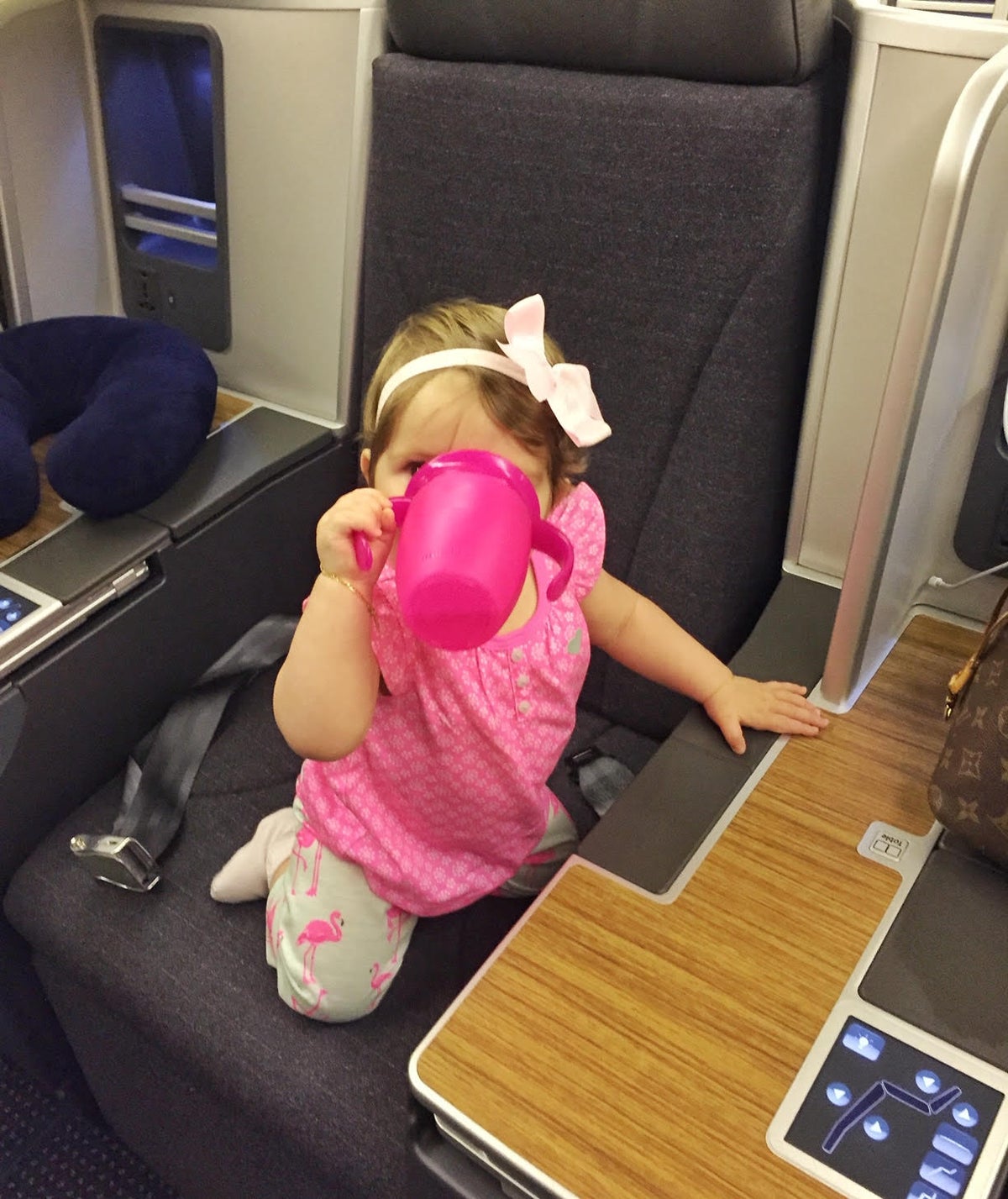
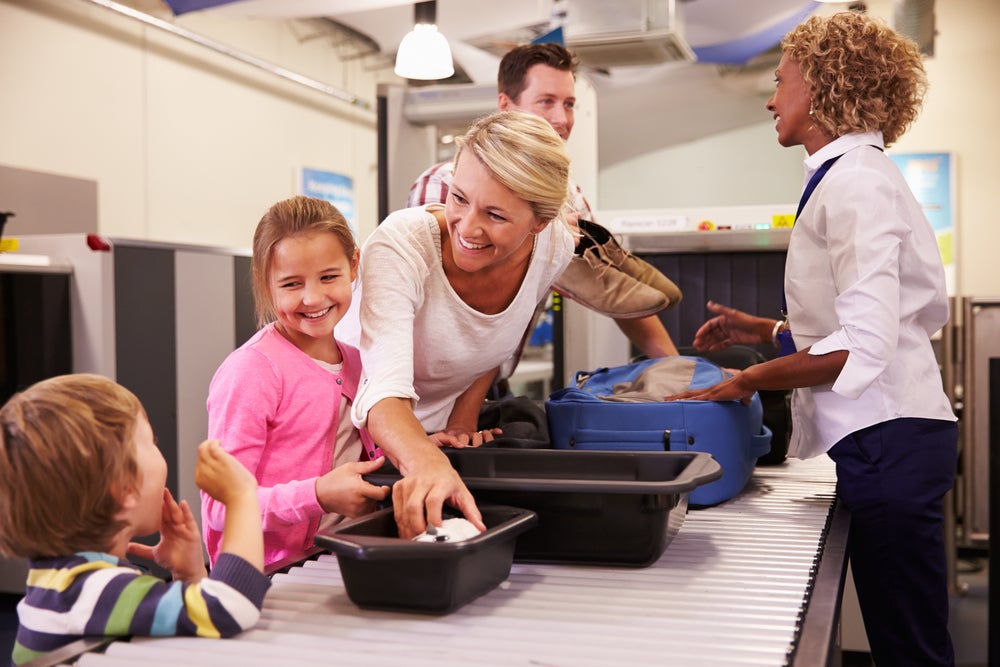
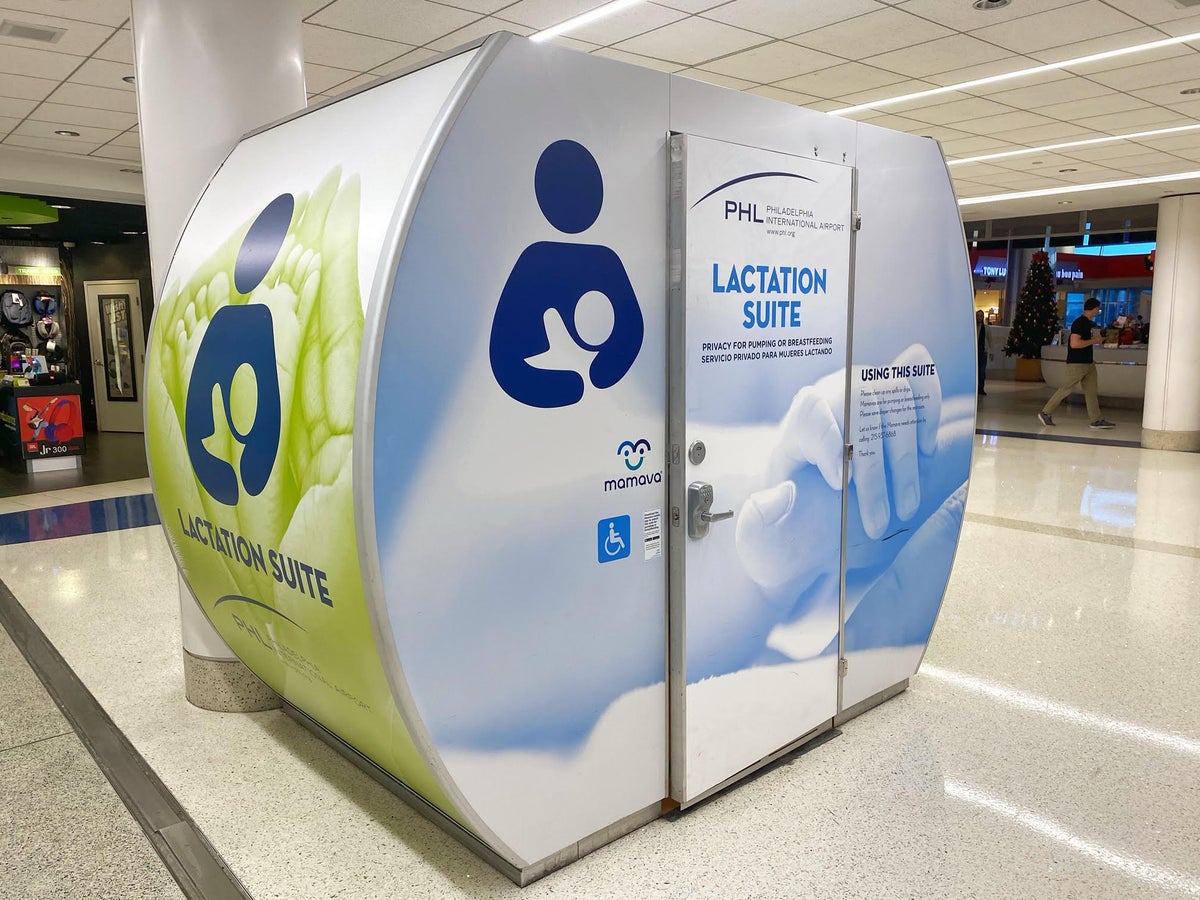
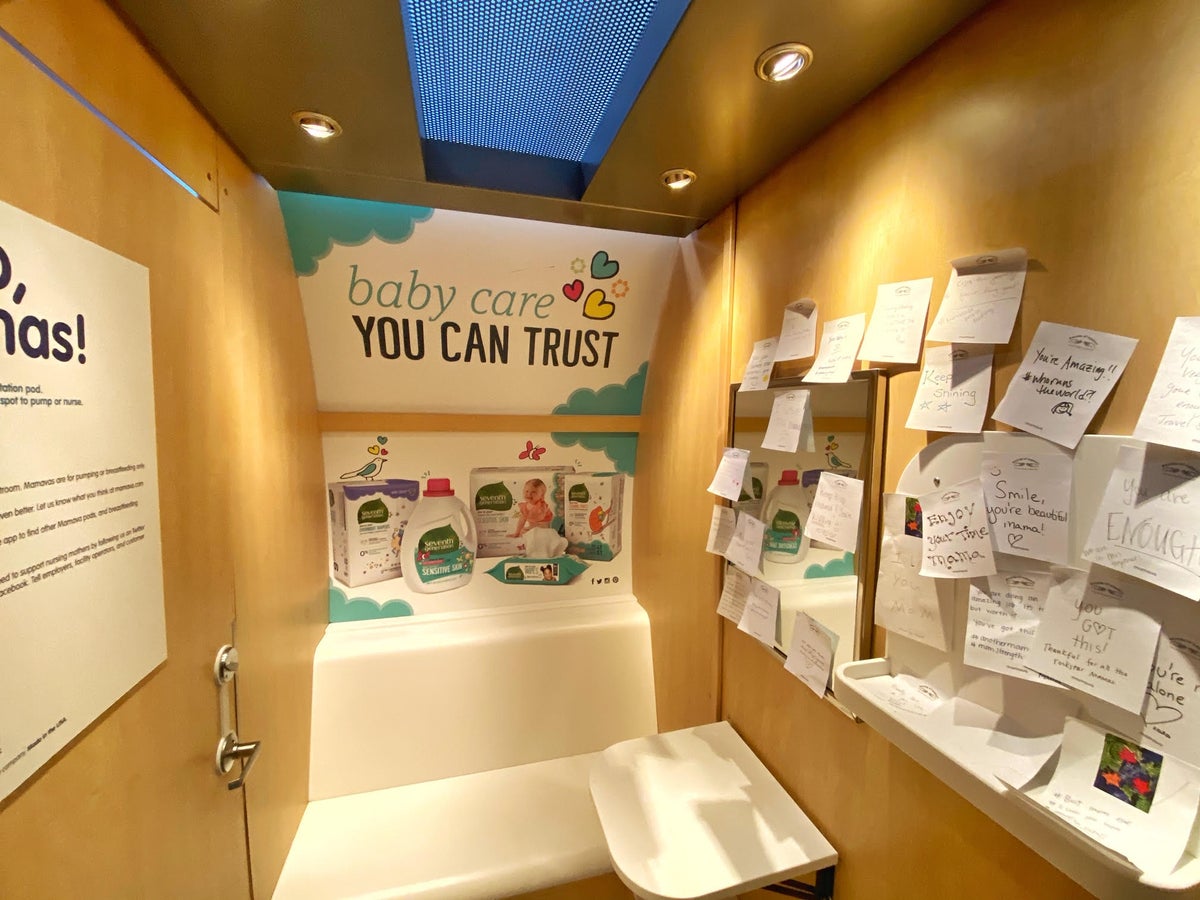
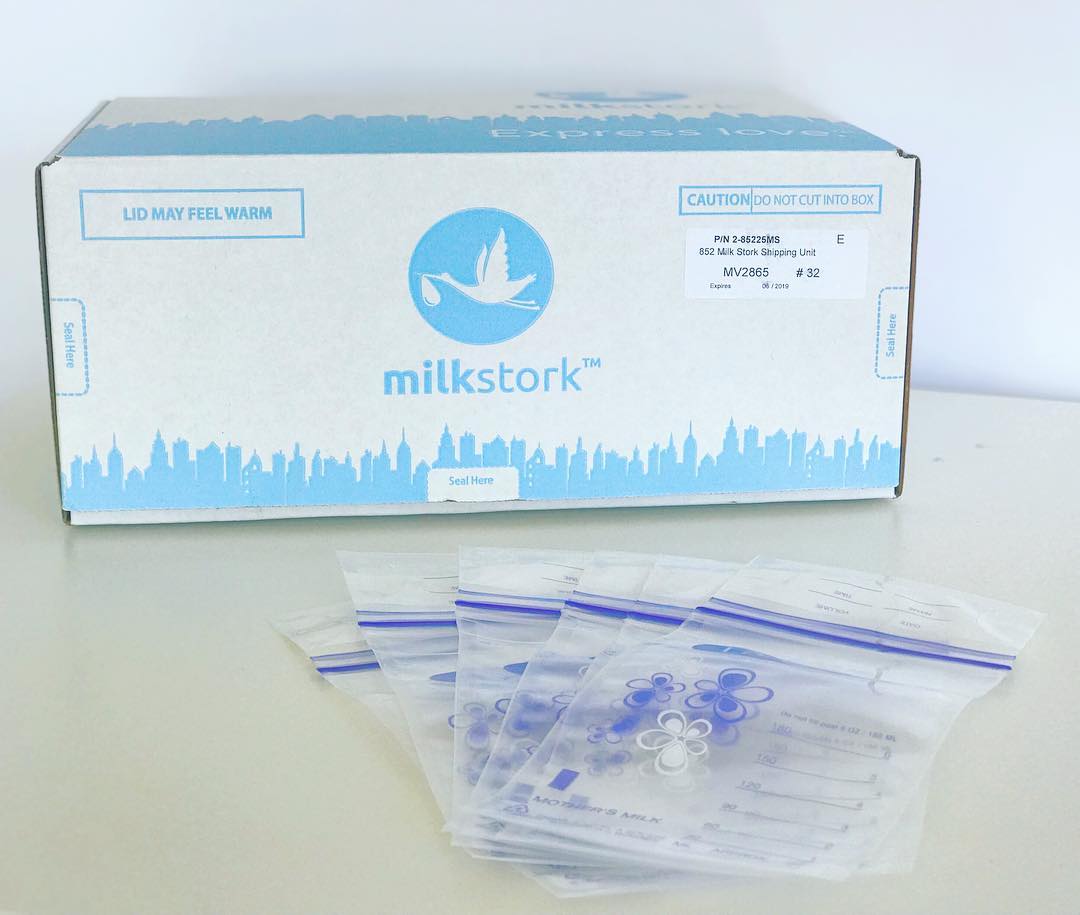
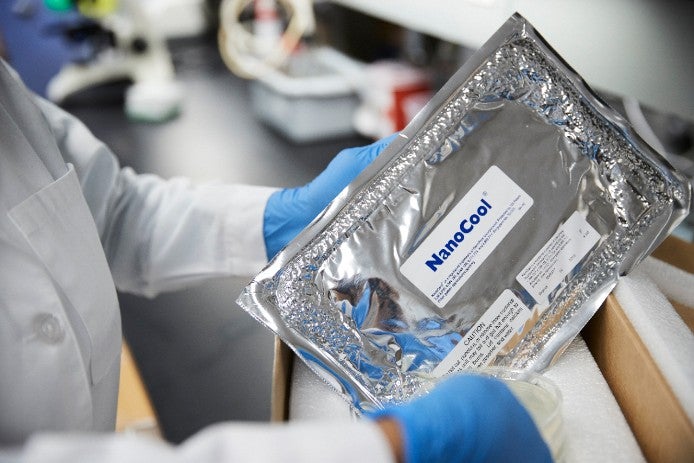
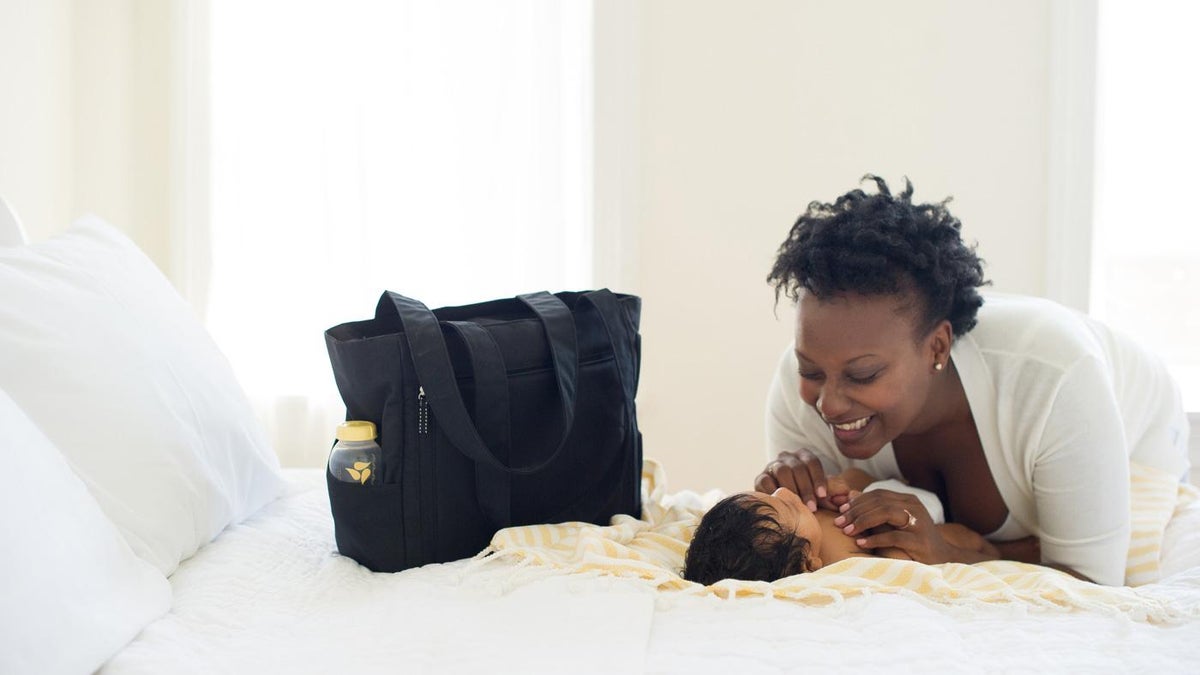
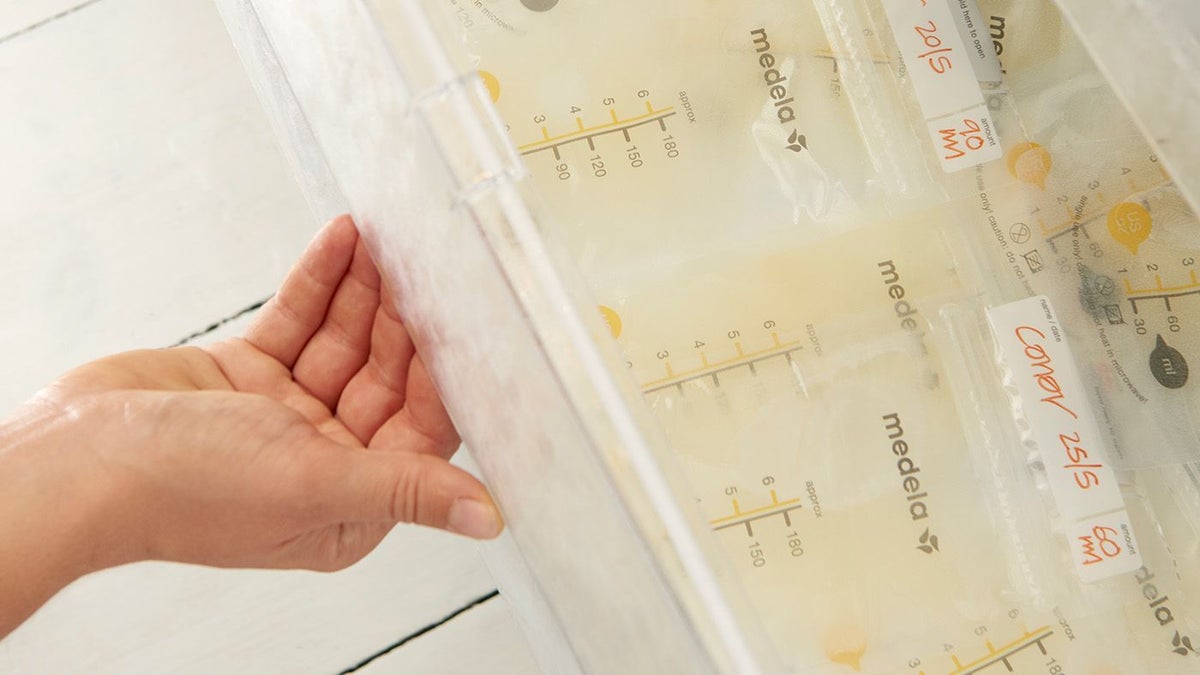
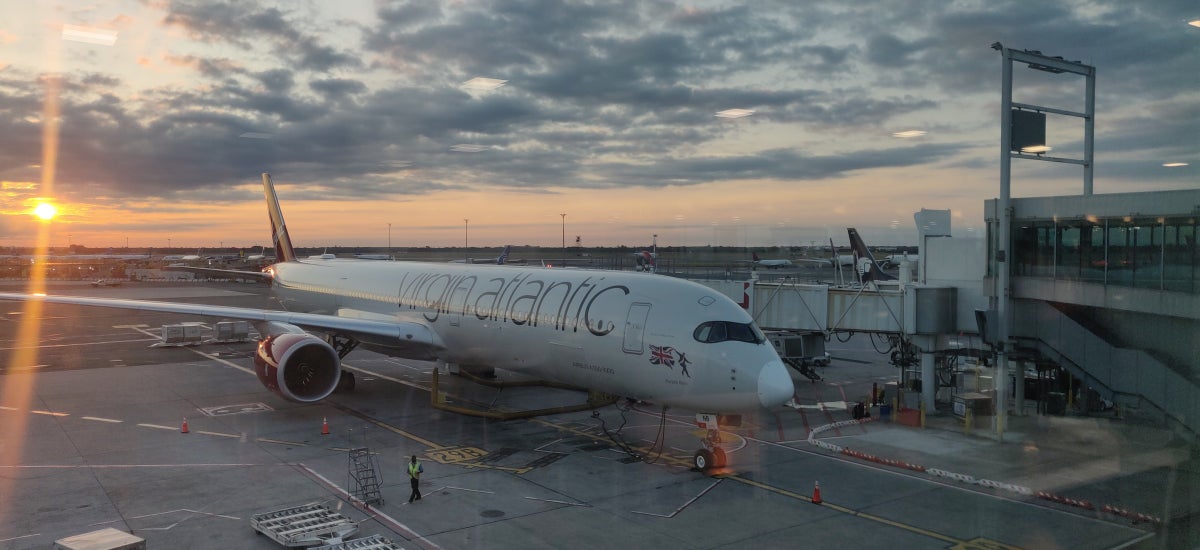
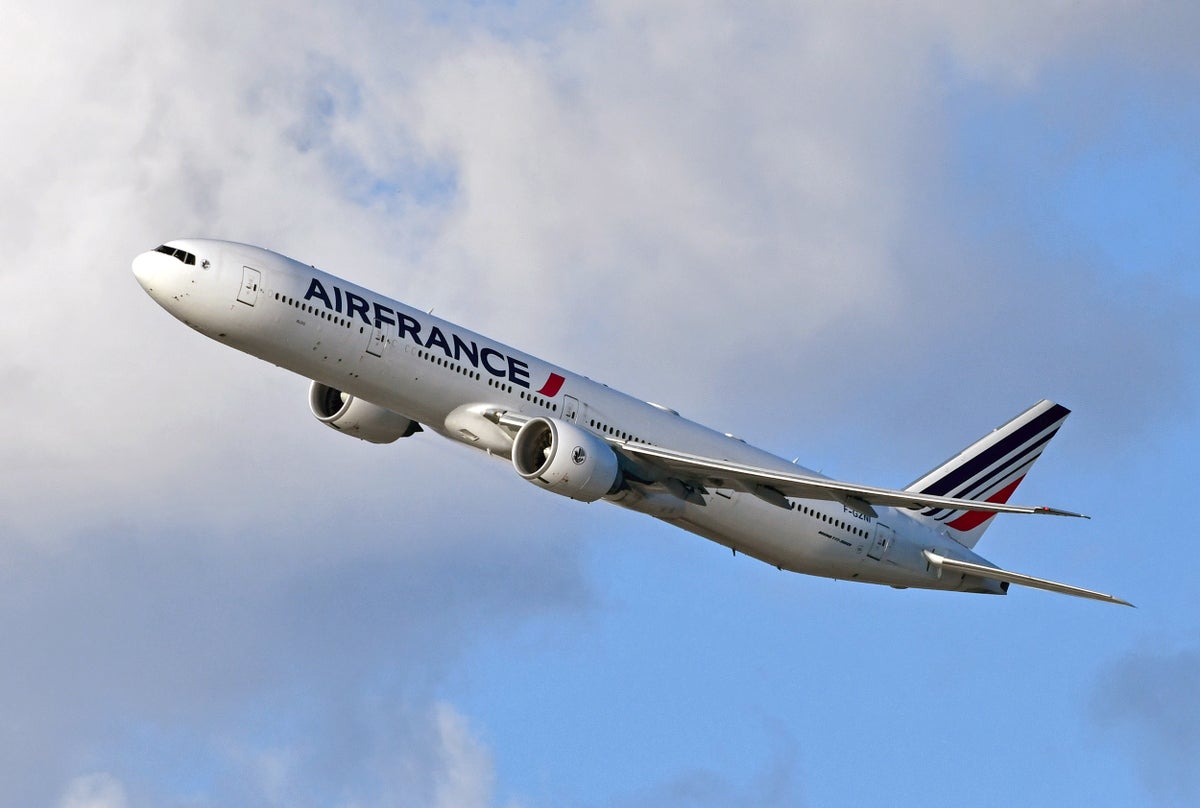
![How To Overcome Your Fear of Flying [A Practical Guide]](https://upgradedpoints.com/wp-content/uploads/2017/03/Stressful-man-sits-near-the-porthole-window-in-an-airplane.jpeg?auto=webp&disable=upscale&width=1200)
